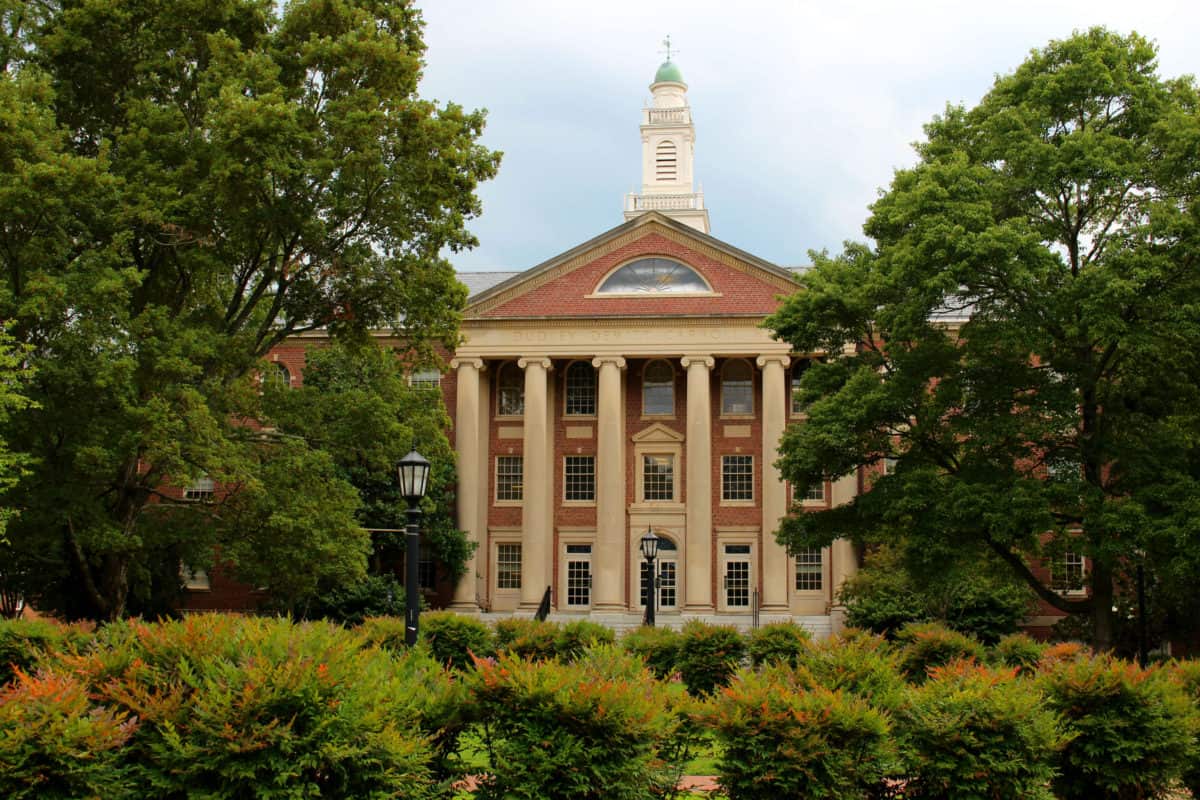

The projects use environmental sensors and microbial surveys to keep tabs on water quality. Hans Paerl heads up the Neuse River Estuary Modeling and Monitoring Program, ModMon, and a ferry-based water quality monitoring program, FerryMon. Waters rush downstream, collecting waterborne contaminants from flooded out sewage pipes and animal waste from industrial farms. When hurricanes move inland, their rainfall swells rivers. “With all that rainfall, we’re obviously also getting a lot of nutrient discharge that’s coming out of the watersheds.” “Since the mid-90s, these storm events have increased both in frequency and also in severity,” Paerl said as we stood in his lab at the UNC Institute of Marine Sciences in Morehead City. Over the last two decades, Paerl’s lab has tracked how 35 hurricanes influenced water quality in the Pamlico. More than 9,000 miles of rivers and streams, including Pollocksville’s Trent River, dump into this 30,000-square-mile watershed. The “Pamlico” - as it’s known by locals - is a nexus where freshwater meets the ocean. Toxic algal bloomsįor the last 24 years, Hans Paerl has been a guardian for water quality along North Carolina’s coast.Īs part of his duties as a marine scientist at the University of North Carolina-Chapel Hill, Paerl oversees two projects that monitor the Albemarle-Pamlico Sound system, which is the second largest estuary in the United States behind the Chesapeake Bay. Here’s what we know about how hurricanes are changing coastal Carolina. But new research shows that these man-made structures may cause more damage than they prevent for landowners and the environment. Meanwhile, faced with persistent storm surges, North Carolina homeowners are fortifying their shorelines with artificial seawalls or bulkheads. Major storms can not only help spread waterborne infectious disease, but coastal hurricanes also leave behind toxic algal blooms, a silent but suffocating threat to water quality for weeks and months after storms pass.

Photo by Smith Hardyīut there are other effects too, those that seem small now but may have lasting impact along the coast. Some parts of town were covered by up to 20 feet of water. When Hurricane Florence hit the small working-class town of Pollocksville, about half of its homes and businesses sat underwater for several days. Epic rainfall and massive storm surge will only intensify with climate change. The future will bring growing uncertainty for riverside and coastal communities, in Pollocksville and beyond. “But I might take a buyout if the county offers one.” “Our hearts are strong, and the community remains resilient,” Henderson, 54, told the PBS NewsHour. Despite never being troubled by flooding in the past, the Hendersons feel now is the time to decide between rebuilding or moving on. Flood survivors often spend days picking through their soiled belongings, deciding what to salvage and what to shed. Unlike a wildfire, which burns everything, a flood ruins and spoils. More than a month after the storm, mounds of mattresses, couches, framed pictures still lined the Hendersons’ street, along with a few pianos. Florence wiped out the family’s kitchen, den and master bedroom, and lifted the garage off its foundation. For days, floodwaters stewed in the Henderson’s two-story home, where the family had lived for 26 years. The storm flooded half of this North Carolina town, which sits on the banks of the Trent River, about 50 miles from the coast. That’s how Sherry Henderson described life in Pollocksville about 40 days after Hurricane Florence.


 0 kommentar(er)
0 kommentar(er)
